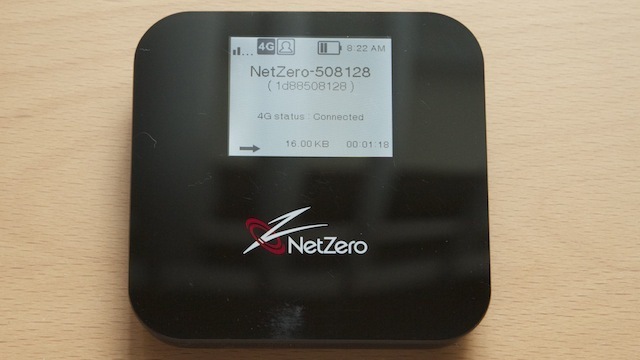
Two things surprised us in the last few days: first, NetZero still exists. This is the company that had ubiquitous ads for its dial-up Internet service in the early 2000s (in fact, still sells dial-up). Second, that company is entering a new product arena: mobile hotspots.
The new mobile access points from NetZero come in both USB stick and hotspot form. This is unique because they fill out tiers of usage not covered by hotspot plans available from big carriers like Sprint and Verizon. They also come without contracts.
The current state of most mobile hotspots from conventional carriers is rather sad. It preserves them as a niche device: to get a reasonable price on them (from free up to $80), customers must sign two-year contracts—otherwise, all available hardware options are well over $200. Once that contract is signed, the minimum monthly fees and data chunks are large. Sprint has the least expensive data tier, at $34.99 per month for 3GB of data, all the way up to $100 per month for 10GB on Verizon or $80 per month for 12GB on Sprint. There are few ways around this system. Clearwire briefly offered the Clear Rover Puck, which doled out data connections on a per-day basis, but the product was eventually pulled.
When we handled the NetZero hotspot, it seemed larger than a Sprint Overdrive, but still sleek and small enough to fit in a laptop case pocket. The model is actually the Clear Spot 4G (unveiled by Clearwire in July 2011) finally arriving on the market with some NetZero branding. It has only two buttons, power and sound on/off, as well as a microUSB port for charging.

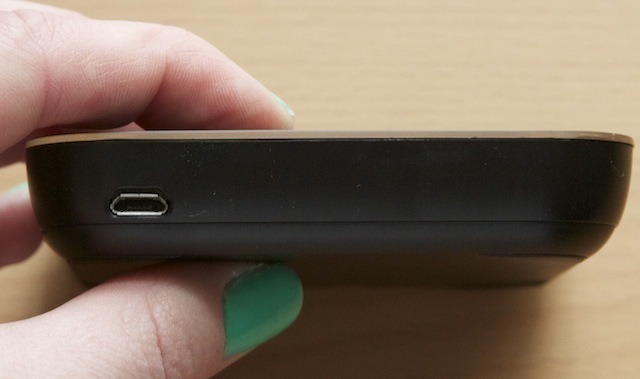
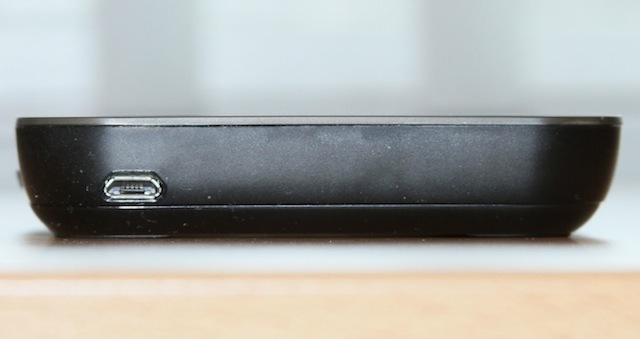
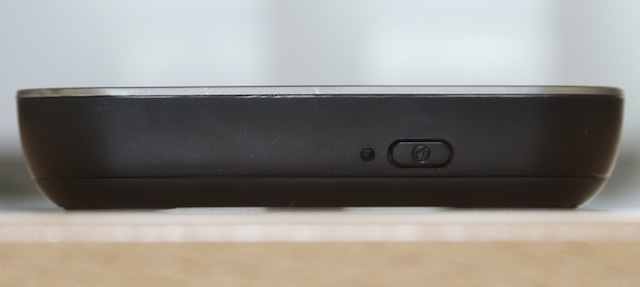
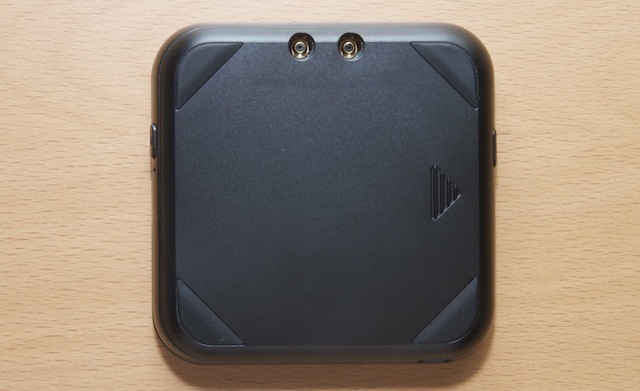
The hotspot will play a small beep when another device is connected to it. It displays reception, remaining battery life, as well as the network name and password on its display. Along the bottom is a data speed figure we found to be grossly inaccurate compared to our speedtest.net figures—it displayed speeds of 4-7Mbps down when we were getting far less than 1Mbps. (Update: A NetZero representative tells us this figure was the total amount of data used so far in the session, not the transfer rate)The battery inside the hotspot is a sizeable 2200mAh meant to provide "6+" hours of use. In our tests, we fell a little short of this estimate—around five and a half hours.
NetZero's devices get data access through Clearwire, whose Clear 4G service powers other popular devices like the Sprint Overdrive. The use of Clear 4G represents a major downside to NetZero's service, one that the Rover Puck shared. The 4G service that gets 3 to 6Mbps download speeds is only available in a small number of large markets and can't access any backup 3G service. This makes it a bad choice for travelers who occasionally step outside big cities.
Outside these big cities, we were surprised to find the NetZero hotspot could still connect to a tower some 170 miles away, though the connection was painfully slow at 0.28Mbps down and 0.02Mbps up and 687ms ping—an interesting, if not necessarily reliable, data point. Related to that, Clearwire was sued in April 2011 for selling its 4G service outside its regular service areas, then allegedly waiting for customers to become frustrated with the slow speeds allowing service cancellation fees to roll in.
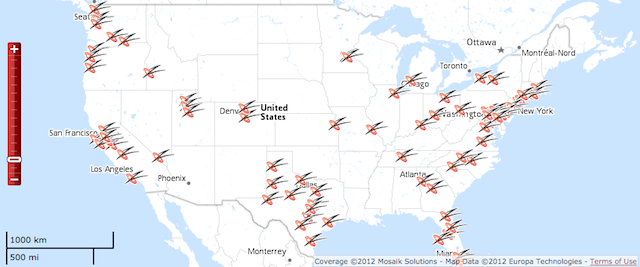

On its hotspot and USB stick, NetZero plans to offer much smaller chunks of data, for much smaller prices, with no contracts. The lowest tier of 200MB of data per month is free with the purchase of either the hotspot ($99.95) or USB stick ($49.95), on up through $50 for 4GB per month. Customers can change their plan within the month on the fly if they find they need more data.

While we can appreciate offering smaller chunks of data for less money, the NetZero tiers quickly become cost-prohibitive, particularly if compared to the hotspot access you can enable on many smartphones. The upper tiers are cost prohibitive—at the higher ones, you can get cheaper service from any of the cell carriers.
But the lower tiers, particularly the free and $10 ones, seem compelling at first (especially given the lack of a two-year contract). On a personal note, I most often use hotspots on infrequent business trips. Subscribing at a streak of two years is unnecessary; being able to turn access off and on month-to-month, or even day-to-day (as I do with my smartphone) is much more ideal.
But a footnote on the NetZero product page killed our free-200MB dreams: that tier is only offered for a year. After that, you must pay for data on one of the higher tiers or suffer without. Worse, a NetZero representative we spoke to clarified once customers move off the free tier to a paid one, there's no going back.

The prospect of free data along with a device was what initially drew us to the NetZero 4G hotspot, but limitations like 12-month cap and the inability to return to 200MB once we've stepped up to other tiers makes that data tier feel like a dirty trick. But then, there are very few use cases where we could get away with using only 200MB in a month.
Given that the average web page is now approaching 1MB in size and I visit an average of 375 pages a day based on my web history, 200MB would last from about breakfast to lunch while in use for work. If I surmise that during a busy workday on the road I visit half that number of pages and am on the road four days a month, I'd need the 1GB/month plan for $20. This bests the other hotspot options, but not my cell service hotspot capability, which is the same price bump for a lot more data.
While my typical approach to data access on the road is to turn hotspot service on my phone as it's needed, the NetZero hotspot could be attractive. For customers who live in or travel to Clear 4G areas, consume data in sips rather than gulps, don't want a two-year, and don't have a smartphone hotspot to piggyback their computers or tablets on...this works. Just don't be too swayed by the lowest-priced or free tiers—you'll use them up faster than you think.
reader comments
21